(Brantôme 1885 - 1958)
Rue du Plantier and Saint Front cathedral - Périgueux
Watercolor
H. 49 cm; L. 32 cm
Signed lower right
Provenance: Private collection, Périgueux
Robert Dessales-Quentin was born in one of the most beautiful villages in France: Brantôme, nicknamed the Venice of Périgord, since it is located on the banks of the Dronne, a river which is became a natural defense by encircling the village. This small town in the north of Périgord was the playground throughout the artist's life. At the age of four, he completely lost his hearing as a result of a treatment unsuitable for his intolerance to quinine, then unknown. His father, a lawyer from Brantôme, decides to send him quickly to Paris where he will study at the Institut national des sourds-muets. Conscious of his artistic tastes, his parents enrolled him in the Jullian Academy, in the studio of the famous Jean-Paul Laurens. A man of taste and terribly attached to his land. Dessales-Quentin will easily orient himself towards landscapes rather than towards history painting to which his studies predestined him. It is in Périgord that he will return quickly and find his way in the representation of the local heritage. Castles, beautiful residences, churches or views of cities will be presented from 1909 at the Salon des Artistes Français in Paris. It is in watercolor that he will be most comfortable, even obtaining in 1928 a Great Honorable Mention at the Salon, a rare occurrence for this medium. In oil, he will have several different periods and styles, in particular a period that we could call "wisteria", due to the recurring presence of this plant between the two wars in his paintings. Drawing teacher for more than fifteen years in the great Institution Saint-Joseph de Périgueux, and in his studio in the rue du Plantier, he was named by his students the "brilliant left-hander". It is also within this workshop that Dessales-Quentin welcomed the "all-Périgord" each year for an exhibition of his highly anticipated works. Used to old Périgord stones, he will not forsake “elsewhere”. The Corrèze will be a land of recurring passage, but also the Basque Country, French and Spanish. He will exhibit in many French cities his works, traces of which we find very regularly through the well-known labels on the back of the watercolors and their original framing.
Dessales-Quentin lived a good part of his life near his workshop where he taught, rue du Plantier. It is in this street that our watercolor is carried out, with in line of sight, the Saint Front cathedral imposing itself at the lower exit. A little further on, on the left is the presbytery of the cathedral.


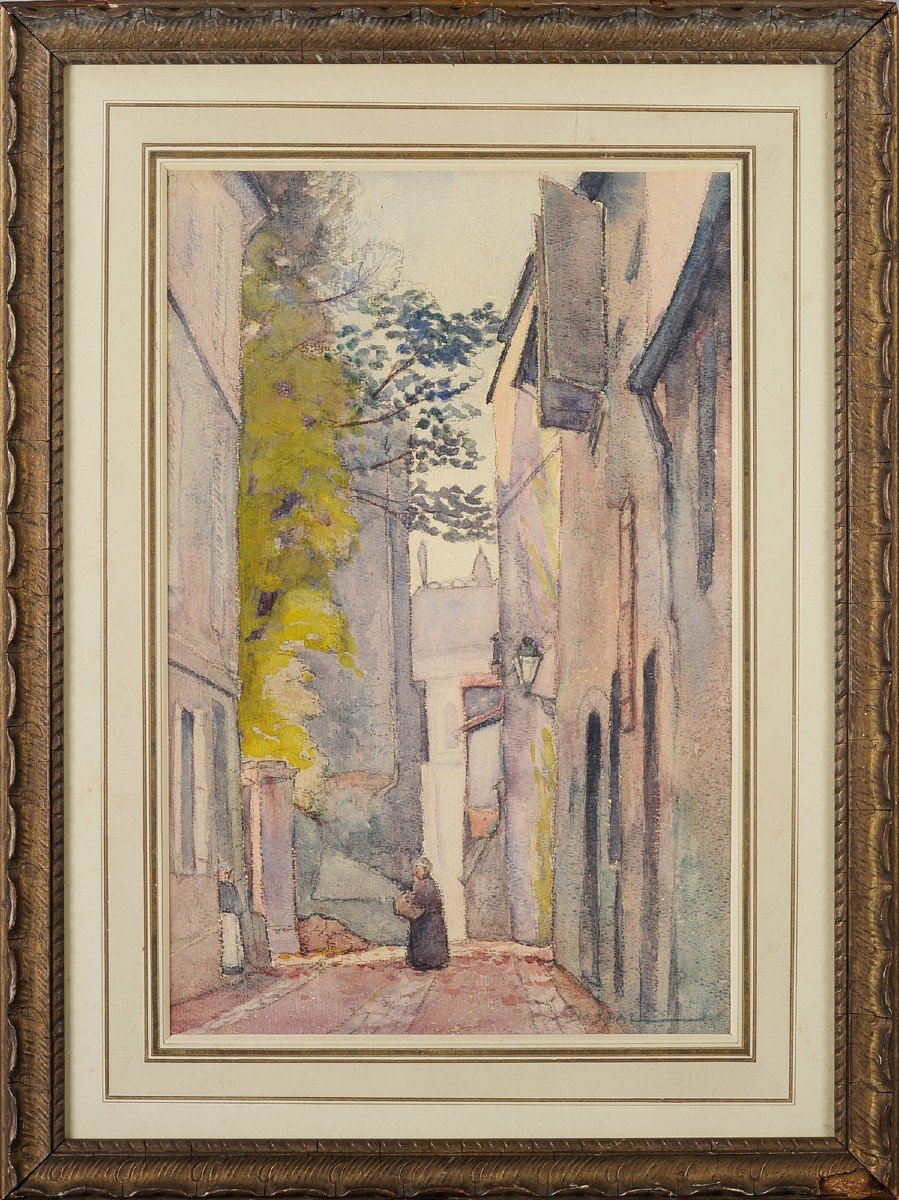
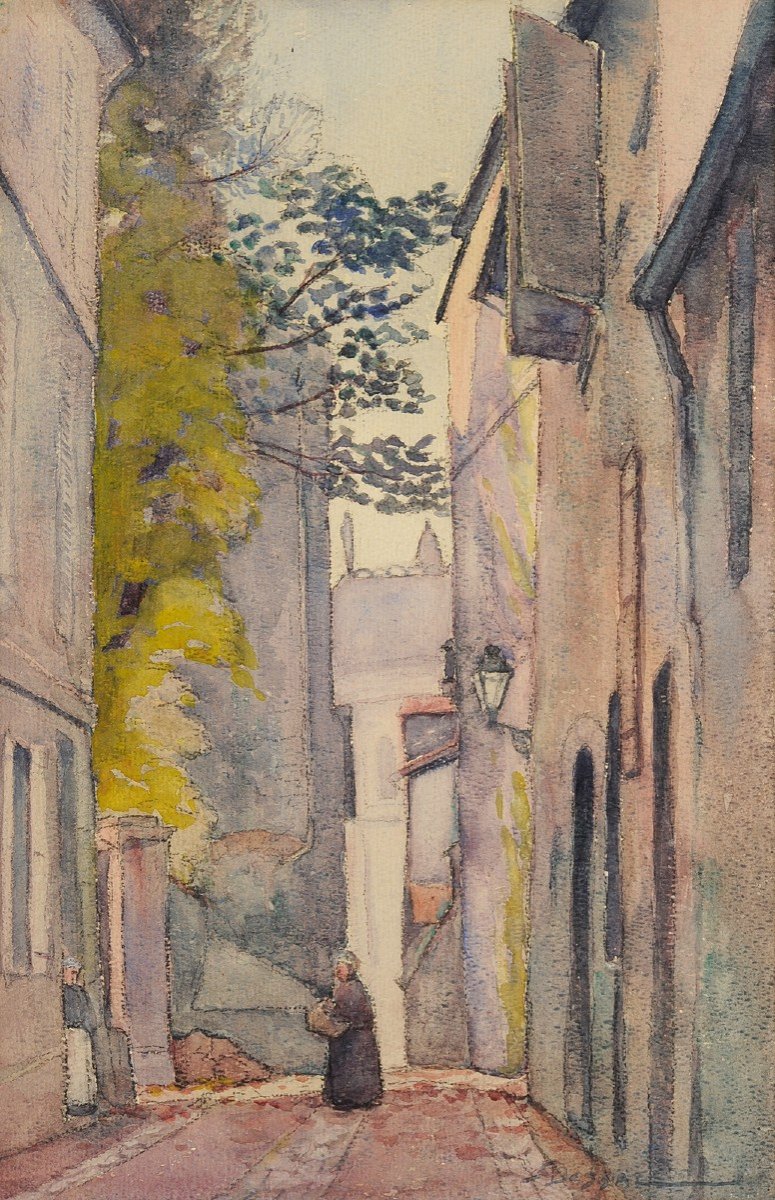
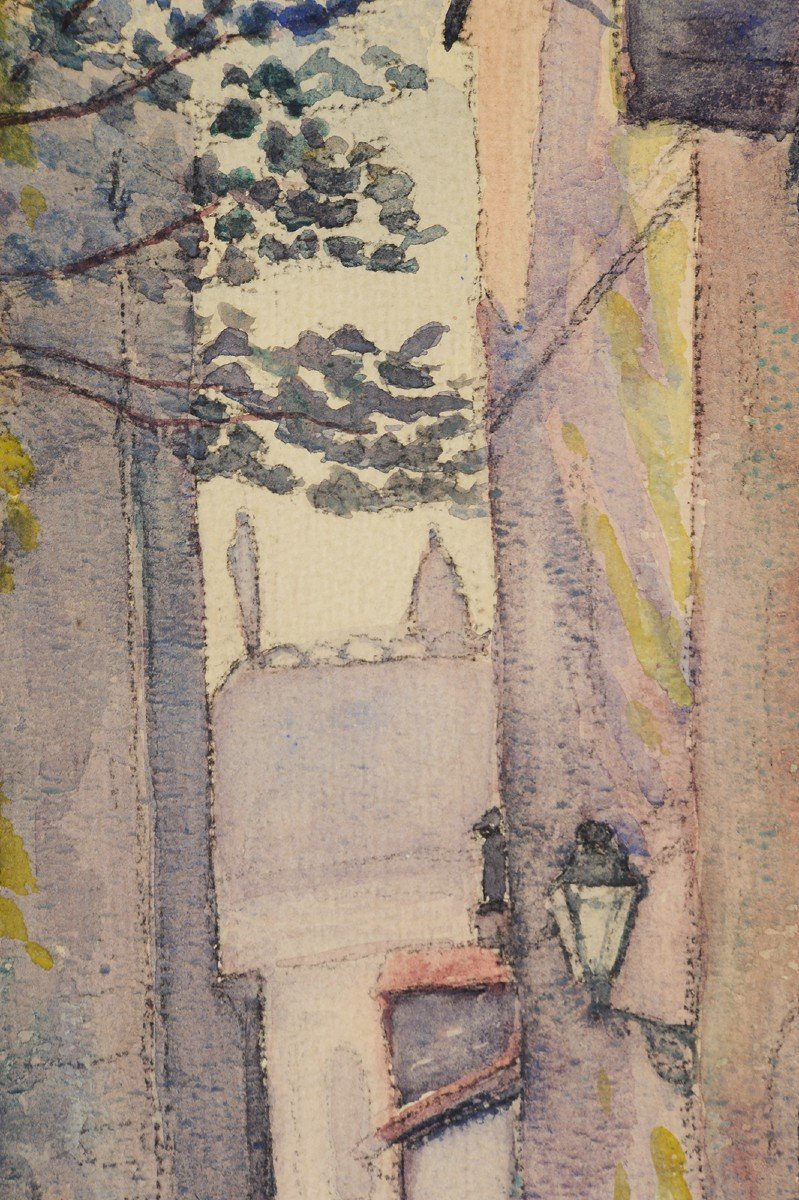
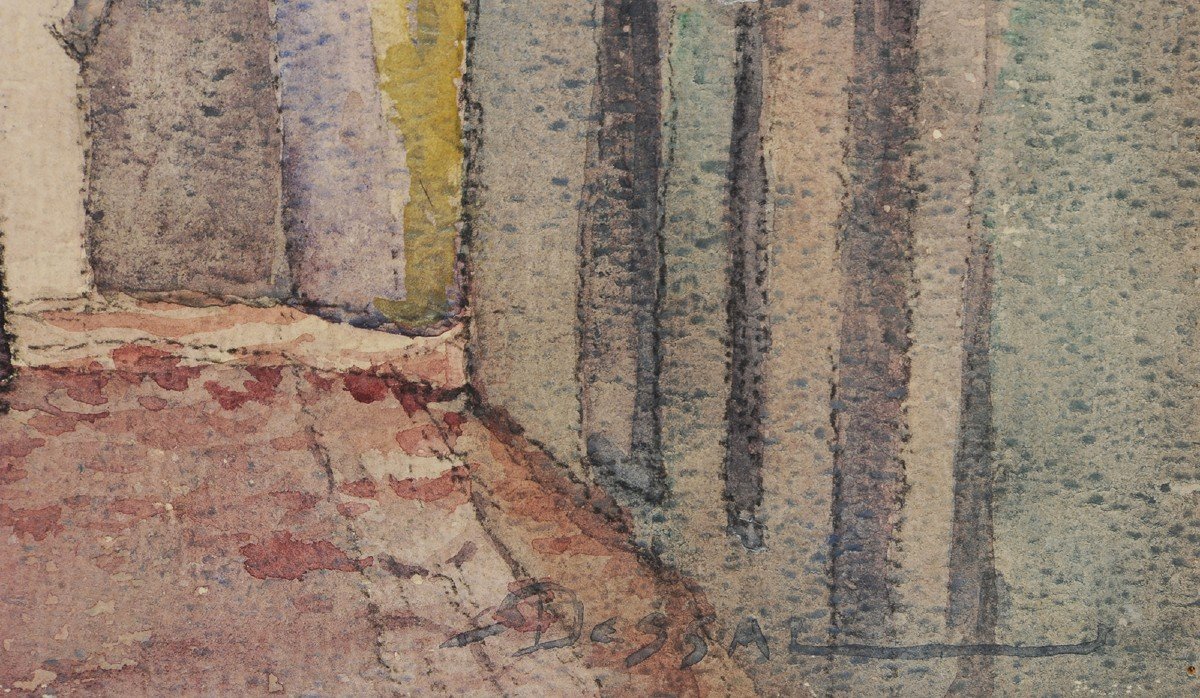





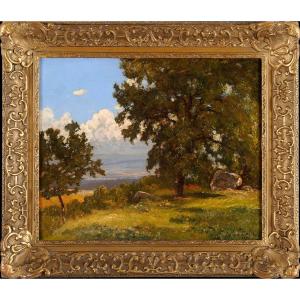

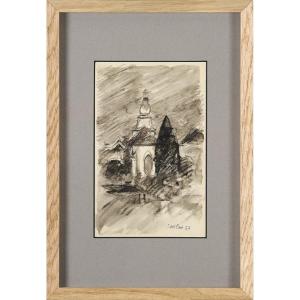
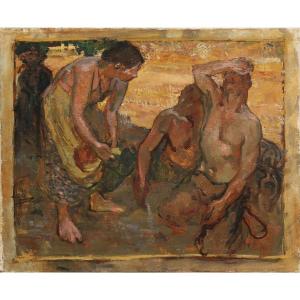
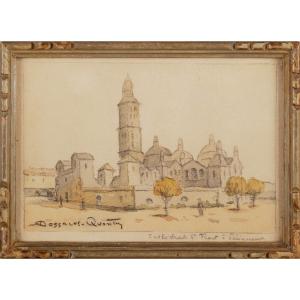

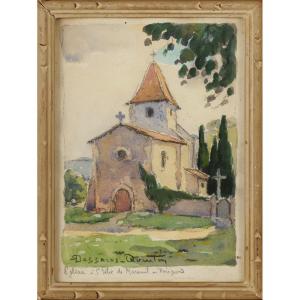
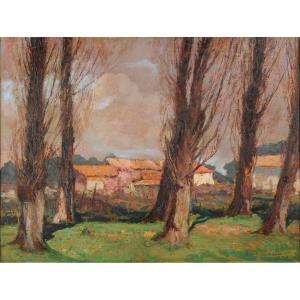
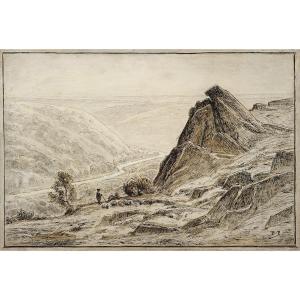

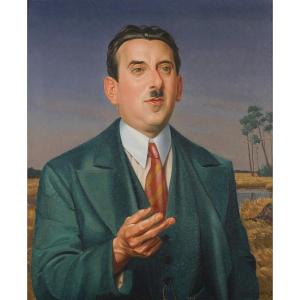


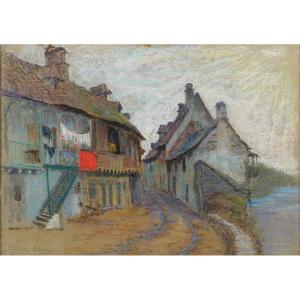

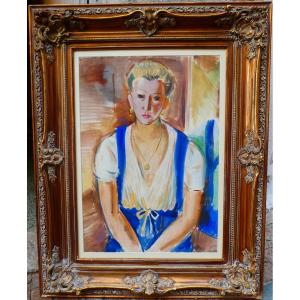


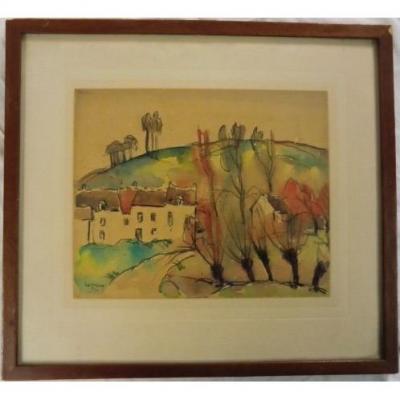




 Le Magazine de PROANTIC
Le Magazine de PROANTIC TRÉSORS Magazine
TRÉSORS Magazine Rivista Artiquariato
Rivista Artiquariato